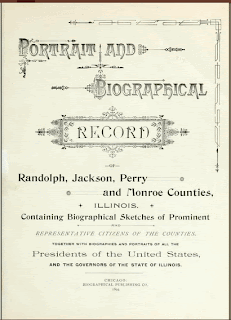Currently I'm participating in
NaNoWriMo, writing the first draft of a novel about one of our ancestors, Berthena Taylor Roark. Actually, I'm using this process to get myself geared up to write out an account of ALL the information we've gathered about the family, since I've been having trouble starting to write anything at all. I imagine I'm not alone in wondering how in the world I'm going to be able to make any written sense of all the documents and information I've gathered. So, while I'm not very far along with my word count (all participants are trying to write 1667 words per day, to total 50,000 words for November), I'm definitely farther along in writing out some of my research.
Now you might ask if I actually have enough information on this person who lived from 1828 - 1882 to write a 50,000 page novel, and I would have to answer with a definite no. So, what I'm
really writing is historical fiction. I'm trying to imagine just what her life might have been like, being born and raised in Kentucky, moving away from all her family, with her new husband, to Kansas, having (at least) seven children, moving again into Missouri, and dying a long way from her original home. I'm reading up on as much 19th century history as I can get my hands on (which is really limited when you're outside the USA), and re-reading all the documents I already possess.
And last night, I made some surprising discoveries in documents I thought I'd read well. I had a date for her marriage to Saul Roark in January 1850 (I obtained this from an online family tree), but I had two census records for the same year, and the two young people were still living in their parents home, and both marked as single. I'd also missed seeing that Jeff Campbell was reported living in their household in the 1865 Kansas State Census. This made me wonder if he was related to Fannie Campbell who reportedly killed Berthena.
I also spent more than an hour looking for alternative sources of the 1880 US Federal Census (no, I don't have a membership to Ancestry.com, and yes, I do know it would be most helpful in cases such as this), only to find than my online friend had already found Berthena in the 1880 census, listed as "Bink". It appears to be the right person, the dates match other records for her birth year, and the children listed under her name are also in previous census records, although in this record, she has moved to a neighboring county, and now she has been marked as widowed [she was also marked as married, so I'm not exactly sure what that means].
It goes to show, sometimes I have more information that I really realize; it's just a matter of organizing it and reviewing it, an in my case, creating a timeline and transcribing all the details onto it.



